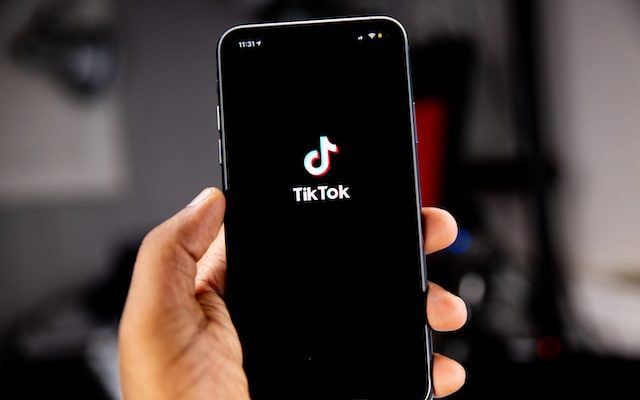TikTok’s internal search is never going to replace Google as the most effective way to find important information on the open web. But for niche influencer verticals like food, travel and gardening, where video content plays well, the social video platform is stealing search market share.
Takeaways
- TikTok’s recent growth has left all other social media platforms playing catch up. Forecast to reach 1.8 billion monthly active users by the end of this year, the app generated an estimated $4.6 billion revenue in 2021, up more than 140% year-on-year.
- The initial popularity of the short-form video platform was fueled by viral challenges and homemade comedy sketches, but increasingly longer form how-to content is engaging audiences. Research shows 15% of 18- to-24-year-olds are even using TikTok for news.
- Google SVP Prabhakar Raghavan has also noted that younger users are using video apps for content discovery in place of more traditional search apps. He said they don’t tend to type in keywords, but look to discover content in new, more immersive ways. He explained:
In our studies, something like almost 40% of young people, when they’re looking for a place for lunch, they don’t go to Google Maps or Search. They go to TikTok or Instagram.
Discovery vs search
- Writing on the MOZ blog, Lidia Infante says searching TikTok makes a lot more sense if you are looking for answers where the visual aspect matters. She gives the examples of looking for date spots in your city or gardening tutorials as the perfect TikTok searches.
- She also highlights the importance of social proof in choosing how best to search for information. Google is as likely to return information created by anonymous bloggers as trusted media brands. But on TikTok the ‘expertise’ of the source is spotlighted in the comments and by the number of views, likes and follows.
- There are of course problems with this approach to information verification. Misinformation is an increasing problem on the platform, where the potential for virality among a younger user base has exacerbated the problem; a recent study suggests that in searches for prominent news stories, nearly one in five of the videos automatically suggested by the platform contained misinformation.
Omnichannel SEO
Concerns around misinformation notwithstanding, TikTok users enjoy a mostly positive content discovery experience when looking for leisure or entertainment related content. Passively scrolling until you find content that engages you is the main activity on the app.
But with the increase of active searching on the platform, publishers should start thinking about optimizing content on TikTok for search. Infante says the days when SEO was about responding to a query in a search box are long gone.
For her, putting content out on TikTok and optimizing it for search, helps users find it where they are, when they need it and in a format that they want. She notes that Google is trying to diversify the domains they show on search, and distributing content across different domains will increase your presence in results. She said:
An omnichannel SEO strategy will let you interact with your users beyond your own domain, and it can help your brand take up more real estate in the SERPs.









